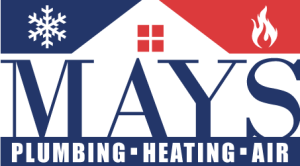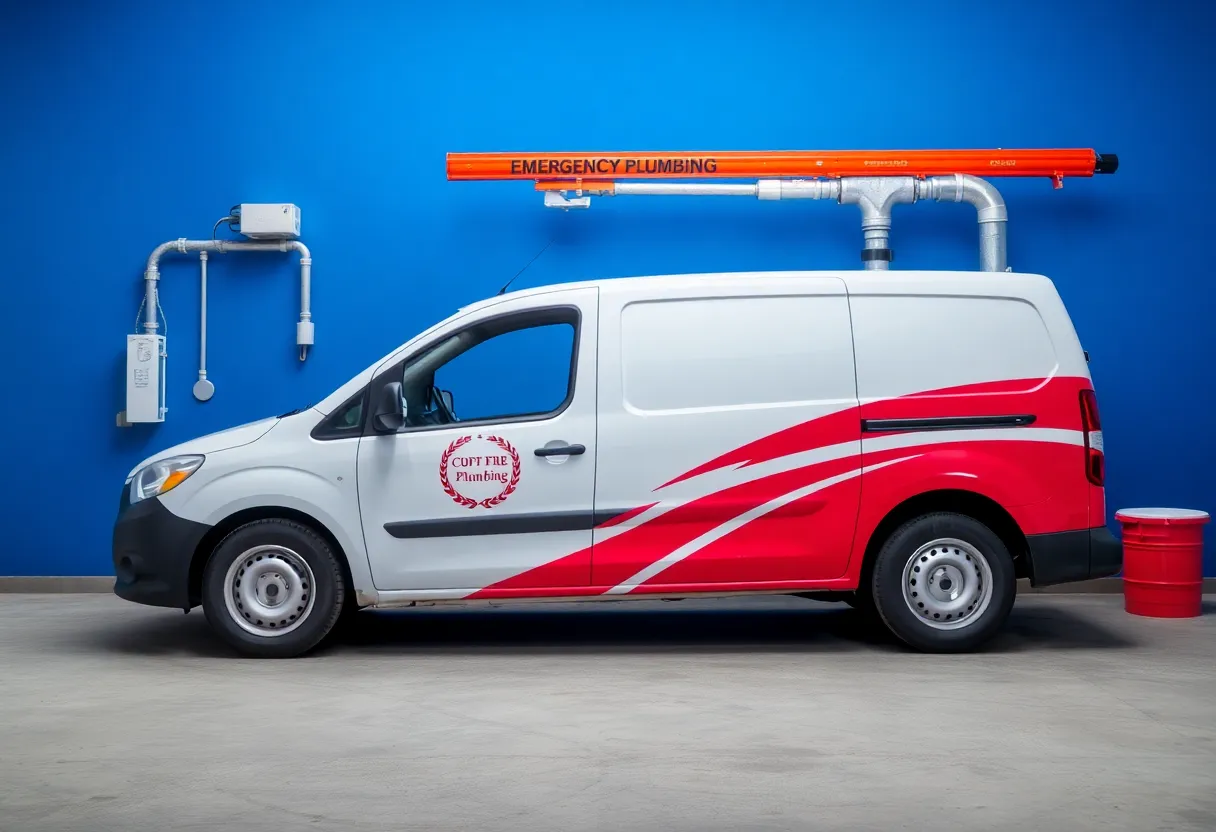The Silent Drain: 10 Unnoticed Plumbing Problems That Could Cost You Big
When thinking about home maintenance, many homeowners immediately zero in on visible issues such as cracks in the walls or a leaky roof. However, plumbing problems often lurk beneath the surface, silently draining your finances over time. These unnoticed issues can escalate into substantial costs if left unattended. Understanding these hidden plumbing problems is crucial for every homeowner. Below, we delve into ten prevalent yet often overlooked plumbing concerns that could lead to more significant expenses if ignored.
1. Silent Leaks
Many homeowners are unaware of the impact of _silent leaks_. Water seems to go missing without any apparent explanation. Such leaks can occur in pipes hidden behind walls or under floors. The water can lead to significant _structural damage_, increase your water bill, and create an environment prone to mold and mildew growth.
Causes of Silent Leaks
- Corrosion of aging pipes
- Improperly sealed joints
- Extreme temperature changes
How to Detect Silent Leaks
To uncover hidden leaks:
- Regularly monitor your water bill for unusual spikes.
- Check your water meter when you aren’t using any water.
- Look for damp spots on walls or ceilings.
2. Clogged Drain Lines
While occasional slow drains might not seem alarming, persistent _clogged drain lines_ can be a sign of deeper problems. Kitchen sinks and bathroom drains often accumulate grease, hair, and soap scum, resulting in serious clogs that can lead to backflow issues.
Impacts of Clogged Drain Lines
- Water backup can lead to flooding.
- Potential for sewage exposure, which is harmful to health.
- Increased pressure on pipes which may accelerate damage.
Prevention Tips
To prevent clogs:
- Use strainers to catch debris.
- Avoid pouring grease down the sink.
- Regularly clean your drains with baking soda and vinegar.
3. Water Heater Issues
Your water heater usually operates without causing any fuss, but issues can emerge over time. _Sediment buildup_, temperature inconsistencies, and leaky pipes can silently raise energy bills and reduce efficiency.
Signs of Water Heater Problems
- Inconsistent water temperature.
- Strange noises such as popping or rumbling.
- Signs of rust or corrosion on the unit.
Maintenance Tips
To keep your water heater in top shape, consider:
- Flushing your water heater annually to remove sediment buildup.
- Inspecting the anode rod every few years.
- Checking for leaks around connections.
4. Poor Water Pressure
Low water pressure can often be ignored, dismissed as a minor annoyance. However, this issue can signal _serious plumbing problems_, including pipe blockages or leaks. Low pressure can make simple tasks like showering or washing dishes incredibly frustrating.
Common Causes of Low Water Pressure
- Clogged pipes.
- Using a faulty pressure regulator.
- Leaks in the plumbing system.
How to Resolve Low Water Pressure
If you experience low water pressure:
- Conduct a visual inspection for leaks.
- Consult a plumber to check for blockages.
- Inspect your pressure regulator for faults.
5. Frozen Pipes
In colder climates, _frozen pipes_ can contribute to catastrophic plumbing failures. When water freezes, it expands, putting pressure on pipes that can lead to cracks and eventual bursts when temperatures rise.
Preventing Frozen Pipes
To protect your plumbing from the cold:
- Insulate pipes in unheated areas, such as basements or attics.
- Allow your faucet to drip slightly during cold weather.
- Keep thermostat settings steady.
6. Tree Root Intrusion
Tree roots often seek out water sources and can infiltrate underground plumbing. This _invisible problem_ can lead to cracked pipes and severe damage, resulting in costly repairs or even a complete replacement.
Signs of Tree Root Intrusion
- Unexpectedly slow drains.
- Frequent clogging issues.
- Noxious odors near drain openings.
Solutions
Addressing this issue may involve:
- Hiring a professional to inspect the plumbing system.
- Regularly maintain your landscaping and tree root systems.
- Consider installing root barriers if necessary.
7. Pipe Corrosion
Corrosion is an insidious problem that affects older homes with metal pipes. Over time, water can react with metals, leading to _pipe deterioration_. Corroded pipes can leak or even burst, leading to a cascade of repair problems.
Identifying Pipe Corrosion
Look for signs such as:
- Discolored water.
- Frequent leaks.
- Unusual odors.
Mitigation Strategies
To prevent pipe corrosion:
- Consider repiping with modern materials like PVC or PEX.
- Install a water softener if you have hard water.
- Regularly inspect pipes, especially in older homes.
8. Overflowing Toilets
Most people think of an overflowing toilet as a straightforward problem. However, it can signal serious _hidden plumbing issues_ within the system, such as clogs further down the line or problems with your sewer system.
Common Causes of Clogs
- Excessive toilet paper use.
- Non-flushable items stuck in the toilet.
- Problems with the sewer line.
Dealing with Overflows
When faced with an overflowing toilet:
- Shut off the water supply to prevent flooding.
- Use a plunger or plumber’s snake to address clogs.
- Consult with professionals for persistent issues.
9. Faulty Sump Pumps
A sump pump helps prevent flooding in basements; however, many homeowners neglect it until there’s a flooding emergency. _Faulty sump pumps_ can lead to severe water damage and make your home vulnerable during rainstorms.
Indicators of a Failing Sump Pump
- Strange noises or vibrations during operation.
- Frequent cycling on and off.
- Visible signs of corrosion.
Maintenance Tips
To maintain your sump pump:
- Test it regularly by pouring water into the sump pit.
- Clean the pump to avoid debris buildup.
- Consider replacing older units that show signs of wear.
10. Hidden Mold Problems
As plumbing issues lead to water leaks, they often invite mold growth into your home. Mold can thrive in hidden corners, silently affecting your indoor air quality and potentially causing health problems for your family.
Signs of Mold Growth
- Musty smells.
- Visible mold patches on walls or ceilings.
- Asthma or allergy symptoms in occupants.
Dealing with Mold
To address mold problems:
- Locate and repair the source of moisture.
- Use appropriate cleaning solutions to remove mold.
- Consider hiring professionals for extensive mold infestations.
Conclusion
Ignoring these silent plumbing issues can lead to substantial repair costs and extensive damage to your home. Staying proactive is critical. Conduct routine inspections, remain aware of potential pipe problems, and enlist the help of professionals when needed. Your diligent attention to unseen plumbing concerns can save you from costly repairs down the line and help maintain a safe, comfortable home environment.












